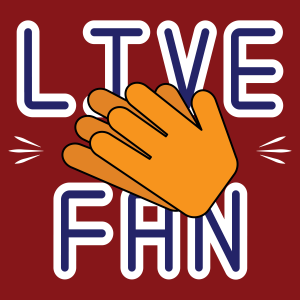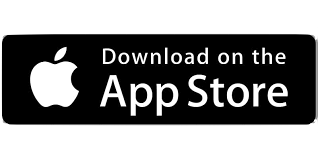Our Live On Stage app is cloud based and perfect for shows based in home studios, garages and small to mid sized events with a limited live audience. It also works well for podcasters, streaming talk shows and comedians. Just because you can’t book a place doesn’t mean you can’t have live fans in the audience that are also part of the show.
Distracted by Fans
While working on CoolToys TV in the hosts home studio, we looked at a dozen different ways to host a live show with a live audience. None of them gave the hosts the feedback they were looking for. Video chat windows were distracting. Zoom, MS Teams and other two way video systems just got too busy once more than 10 people showed up. In the bigger shows, viewers started doing things to create their own minis shows which became very distracting.
In order to eliminate the issues with two way video and and the huge bandwidth requirements, we tried Q&A boxes. The director trying to put questions on the big monitors for the hosts didn’t work either. By the time the question was up the topic had moved on. Finally it came down to the chat box and the hosts trying to keep up themselves. It too was a distraction and slowed down the show.
The Solution
Basically we learned from some very smart people that all performers need feedback. Well duh, but how do you do that virtually without it being a distraction. The short answer at the time was “You Can’t”. So we started looking at exactly what happens. Starting with live music and talking with some of the best in the industry. What they told us made perfect sense. They said that under the lights, the crowd is just a roar of energy that they feed off of. Some daytime live concerts are different, but the leads usually live in their little circle under the spotlight. Much like an actor using the Stanislovsky method the performer tunes out the visuals and just points or looks into the sea of faces looking at as many as possible without actually seeing them during the performance.
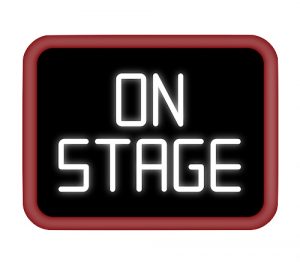
So the challenge became simple. Create that roar. Bring that energy into the studio no matter how big or small so the performer can feed off of it. Obviously someone could sit in the room with an app and press “cheer” like pro sports tried to do. That was a huge fail doing exactly the opposite, reminding the players that the fans weren’t there. Just some guy in a booth with a “cheer” button.
After listening to dozens of events we figured out there are six things that really happen in the audience. It was true for comedy, sports and music. People clapped, they cheered, some whistled, they laughed, occasional boo’d or gave that sigh of relieve with Aww. All of these could live in the home studio or smaller venue if we built it right.
The Virtual Audience
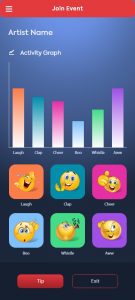
The first thing we did was create an app for fans. They could do all six of those things virtually by pressing buttons. At first the solution felt over simplified but the more we watched the fans reactions, the more we knew we had the answer. At least from the fan side. Now came the hard part. Making all of the fans inputs combine into a single audio track that not only sounded real, but felt real. It couldn’t be a guy in a booth pressing cheer. If just one person whistled, the performer needed to hear that one loud crazy whistle, mixed in with everything else the other fans were doing. The virtual audience server was created.
The problem with the virtual audience server was that it cost a lot of money to build. We knew quickly that every home studio in the country would want one, but maybe 1% could afford one. From that we created F2S.Live. The cloud based virtual audience server. Because it is cloud based there are some audience size limitations, but there are other features we could add that a dedicated server could not have like tips, or charging for shows.
Live On Stage App.
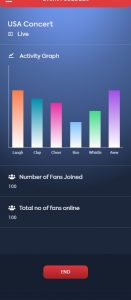
As we set out to create the performers side of the system we decided to build one app that would run on any platform. While it will run on a mobile phone, we highly recommend at least a laptop with external speakers. We do offer a purpose build studio PC or Mac that includes all the software you need to livestream and run two screens. One for the livestream system and one to see the fan feedback.
Did we mention there is a graph too. Just like a glance to the audience, the thing we learned in testing is that not all performers can bring themselves into a bubble for an entire show. Some need to see the audience. For them we created the Live On Stage interface with a graph to show exactly wha the fans are doing. You can see the giant cheering bar while you hear it to know they are with you. If you tell a bad story and your external speakers fail, then you can still see it on the graph.
Maybe your speaker output is going straight into your livestream, so you don’t hear the fans but they do. Maybe you need a quite unplugged show because the kids are sleeping. The visual graph still keeps everyone connected.
Its All In The Cloud
Both the Live Fan and Live On Stage apps by Fan2Stage are cloud based, so you can host a show anywhere there is an internet connection.

